11 Important Employee Relations Metrics To Track
AIHR
JULY 22, 2024
Employee relations metrics measure employee engagement, satisfaction, and retention, as well as overall workplace culture. They provide valuable insights into various aspects of the employer-employee relationship, such as employee engagement, satisfaction, and turnover rates. HR tip Measure employee engagement often.














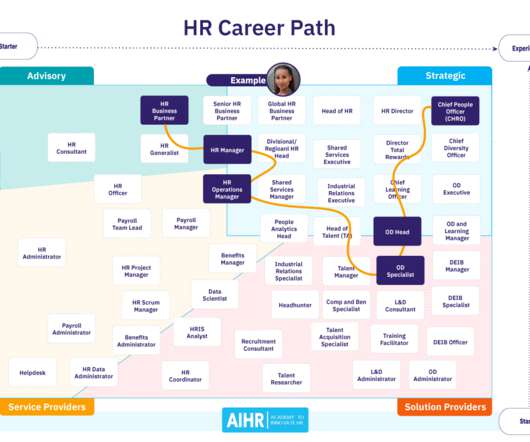

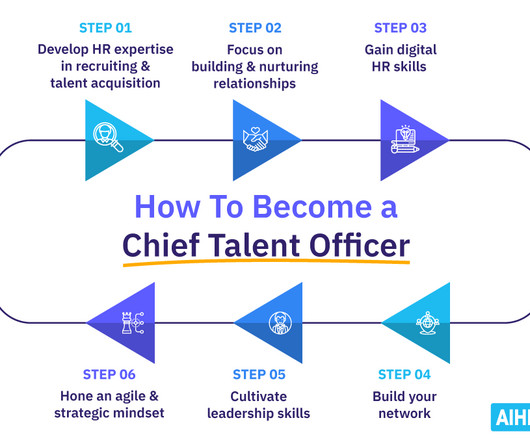




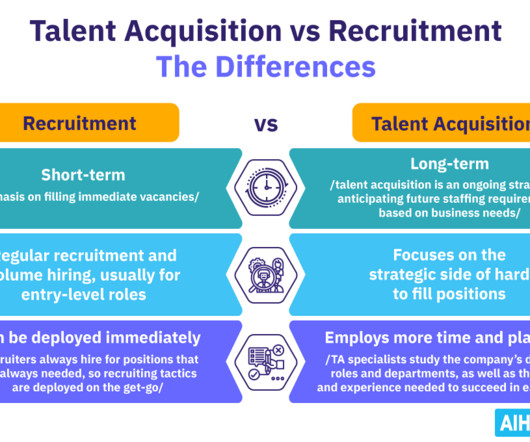


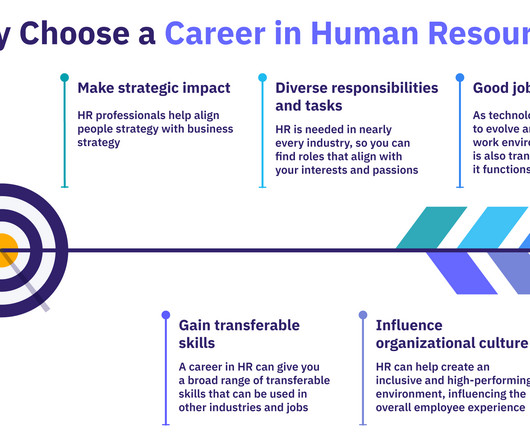









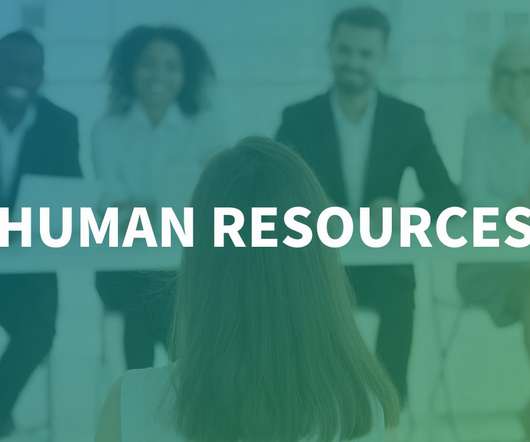


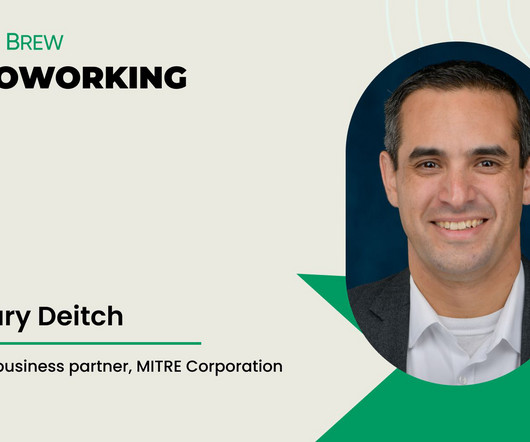

















Let's personalize your content